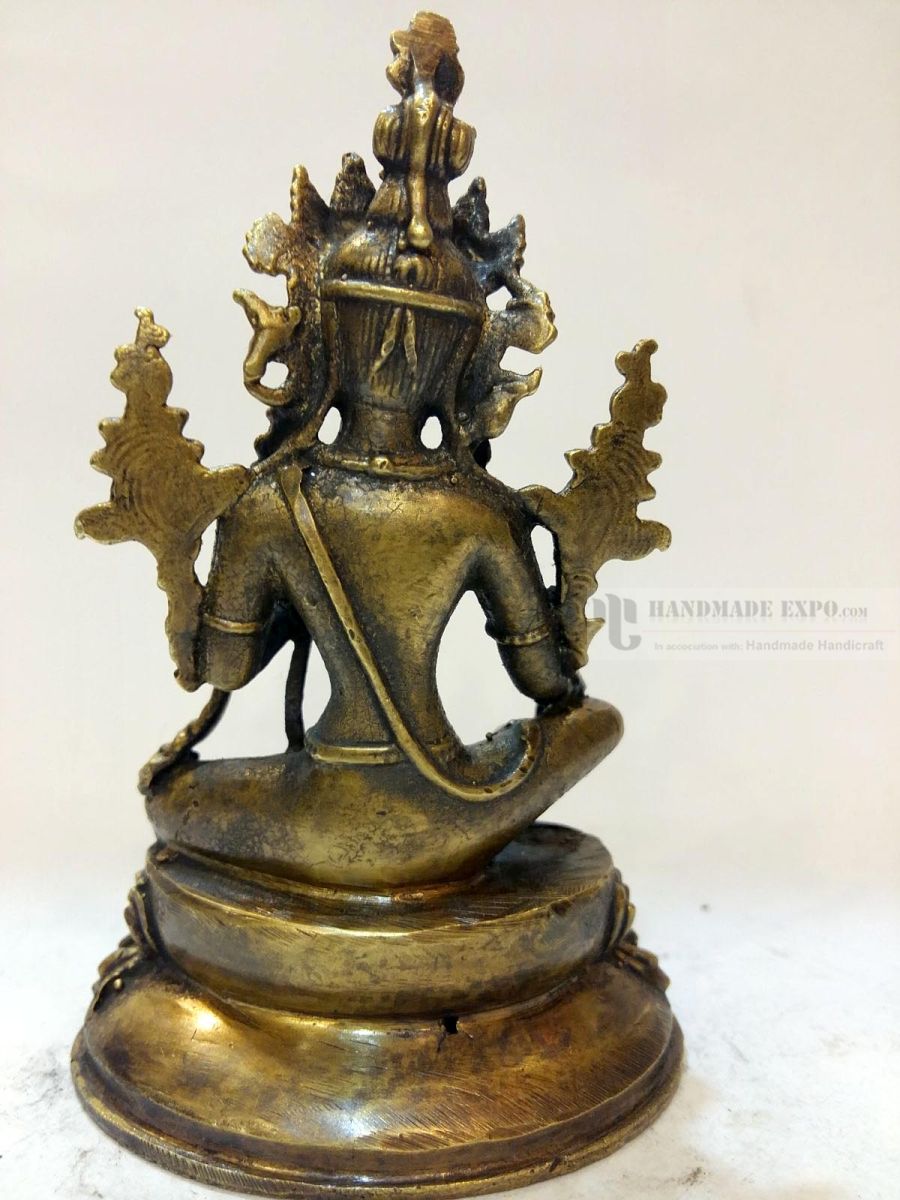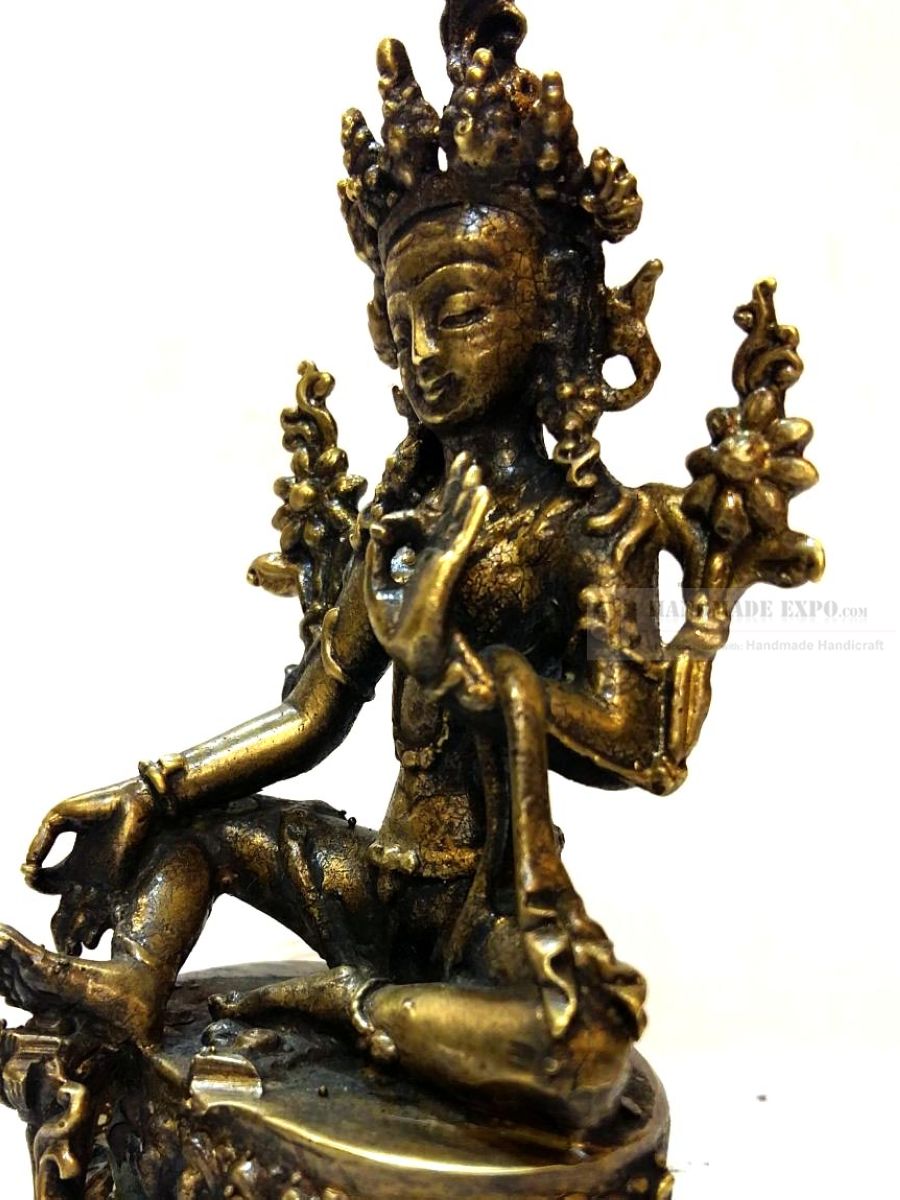Code
HCS24546
Weight
400 gm / 0.88 lbs
Size
Height
9cm (4") Width
7.5cm (3") Depth
6cm (2") Material
Copper
Availability
Available
Date Added
2021-11-29 23:00:56
Note : We used to sell this product 4 years ago so it may no longer be in our stock.
It is possible that we still have it with our suppliers but the price could be different from before.
Feel free to order. We will verify availability and inform you promptly.
It is possible that we still have it with our suppliers but the price could be different from before.
Feel free to order. We will verify availability and inform you promptly.

Safe Payment
We accept Paypal, Money Transfer, Bank Transfer
Confidence
Protection covers your purchase and personal data.
Worldwide Delivery
We ship Worldwide, except Russia.Shipping cost US$25.2 for upto 0.5 kgs

Hotline
Talk to help line for your question on 9841267335Lost-Wax System
This Natural Finishing Statue of Buddhist Miniature Statue Of Aparimita, Amitayus, [ceramic Molding], Chepame is made by the process of the Lost Wax system. This is a very complicated, time consuming and historic process of making metal sculptures.Which is why it is sometimes called Precision Casting as well. Hence the sculptures made by this process are comparatively expensive. There are many new, advanced and less time consuming methods of casting metal sculptures available as well. But due to the benefits provided by the traditional lost wax system in quality control and customization, we prefer the Loss wax system over Ceramic molding, or sand casting to make our Natural Finishing Statue.
Below we have tried to illustrate the process of making a loss wax system statue: Read More . . .
This Natural Finishing Statue of Buddhist Miniature Statue Of Aparimita, Amitayus, [ceramic Molding], Chepame is made by the process of the Lost Wax system. This is a very complicated, time consuming and historic process of making metal sculptures.Which is why it is sometimes called Precision Casting as well. Hence the sculptures made by this process are comparatively expensive. There are many new, advanced and less time consuming methods of casting metal sculptures available as well. But due to the benefits provided by the traditional lost wax system in quality control and customization, we prefer the Loss wax system over Ceramic molding, or sand casting to make our Natural Finishing Statue.
Below we have tried to illustrate the process of making a loss wax system statue: Read More . . .
Ceramic Molding System
The Buddhist Miniature Statue Of Aparimita, Amitayus, [ceramic Molding], Chepame has been crafted using the Ceramic mold casting process, a modern approach that provides an alternative to traditional methods such as the lost-wax system or rubber molding. Also referred to as ceramic molding, this technique involves the creation of a ceramic mold to cast the statue. The process begins by making a precise and detailed wax model of the desired sculpture. The wax model is then coated with layers of ceramic material, creating a sturdy mold. Once the mold is complete, it is fired in a kiln, causing the wax to melt and escape, leaving behind a cavity that perfectly replicates the original sculpture. Molten metal is then poured into the mold, allowing it to fill the cavity and take on the desired form. Once cooled and solidified, the ceramic mold is carefully broken away, revealing the final metal statue. Read More . . .
The Buddhist Miniature Statue Of Aparimita, Amitayus, [ceramic Molding], Chepame has been crafted using the Ceramic mold casting process, a modern approach that provides an alternative to traditional methods such as the lost-wax system or rubber molding. Also referred to as ceramic molding, this technique involves the creation of a ceramic mold to cast the statue. The process begins by making a precise and detailed wax model of the desired sculpture. The wax model is then coated with layers of ceramic material, creating a sturdy mold. Once the mold is complete, it is fired in a kiln, causing the wax to melt and escape, leaving behind a cavity that perfectly replicates the original sculpture. Molten metal is then poured into the mold, allowing it to fill the cavity and take on the desired form. Once cooled and solidified, the ceramic mold is carefully broken away, revealing the final metal statue. Read More . . .
Brief Introduction :
Buddha Aparimita is very popular in bestowing long life upon the devotees. It is red in color. His two hands are in dhyana mudra and holds an ambrosia vase. He usually wears all the ornaments of different kinds peculiar to a Sambhogakaya Buddha. He is never depicted with any consort. He wears a crown and has Ushnisha and Urnakosh on his body.
Buddha Aparimita is invoked or worshipped for lengthening the life span or fast relief from dreadful diseases or from mortal danger. In Nepalese Mahayana tradition the dharani of Buddha Aparimita is often recited by the devotees in the presence of dying patients. the recitation of this dharani is said to be efficacious when carried out in utter sincerity. It is said that the famous Madhayamika Buddhist philosopher Arya Nagarjuna had escaped his early death after recitation of this dharani for one complete day and night.
Mantra of Amitayus
ཨོཾ༌ཨཱ༌མ༌ར༌ནི༌ཛི༌ཝན༌ཏེ༌ཡེ༌སྭཱ༌ཧཱ།
Om A Ma Ra Ni Dzi Wan Ti Ye Soha
ओं अमरणि जीवन्तये स्वाहा
Om A Ma Ra Ni Dzi Wan Ti Ye Soha
ओं अमरणि जीवन्तये स्वाहा


![Buddhist Miniature Statue Of Aparimita, Amitayus, [ceramic Molding], Chepame](https://handicraftseller.com/uploads/pics/product/thumb/2021/11/24546.jpg)
![Buddhist Miniature Statue Of Aparimita, Amitayus, [ceramic Molding], Chepame](https://handicraftseller.com/uploads/pics/product/thumb/2021/11/24546_0.jpg)
![Buddhist Miniature Statue Of Aparimita, Amitayus, [ceramic Molding], Chepame](https://handicraftseller.com/uploads/pics/product/thumb/2021/11/24546_1.jpg)
![Buddhist Miniature Statue Of Aparimita, Amitayus, [ceramic Molding], Chepame](https://handicraftseller.com/uploads/pics/product/thumb/2021/11/24546_2.jpg)
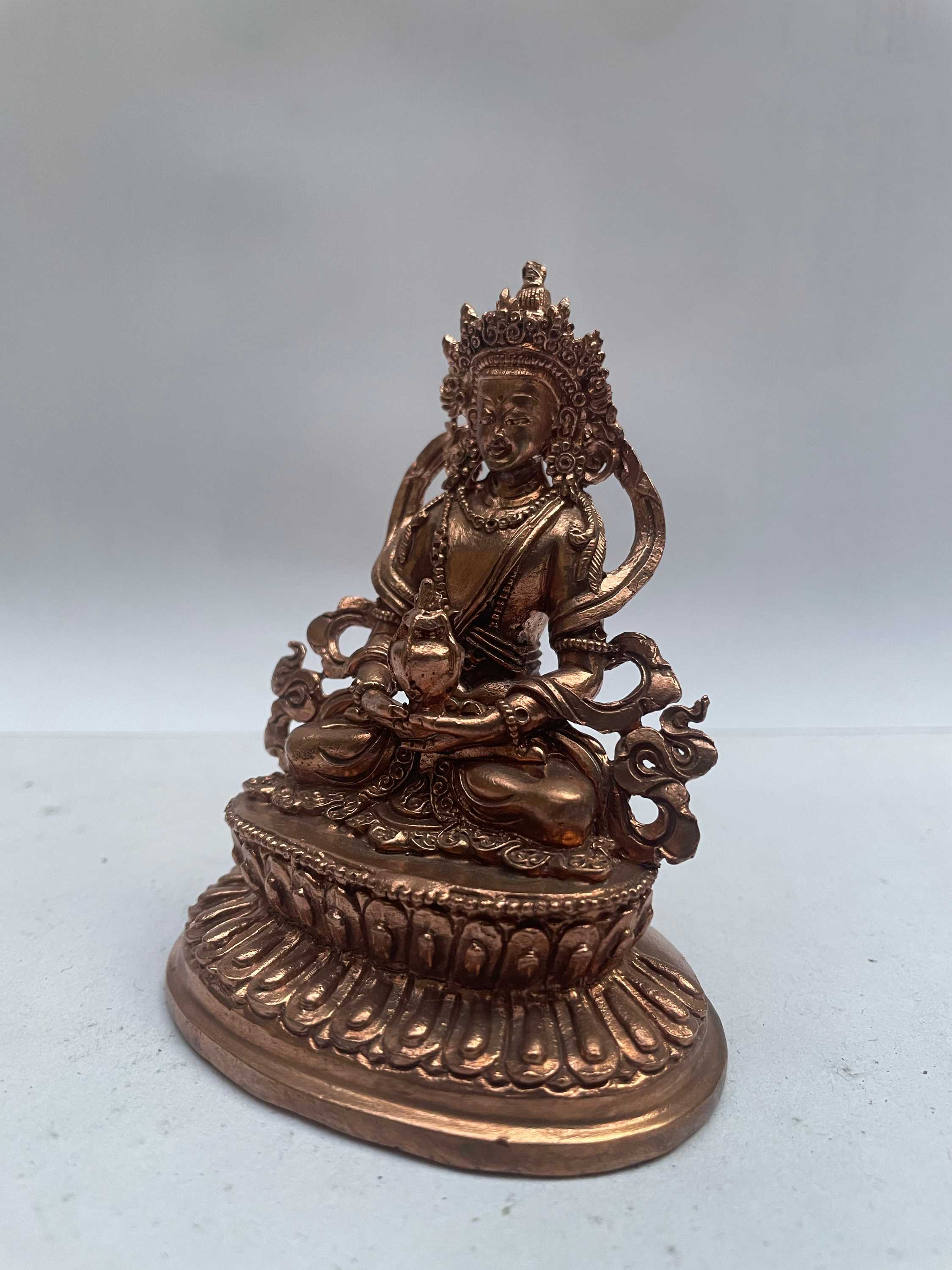


























































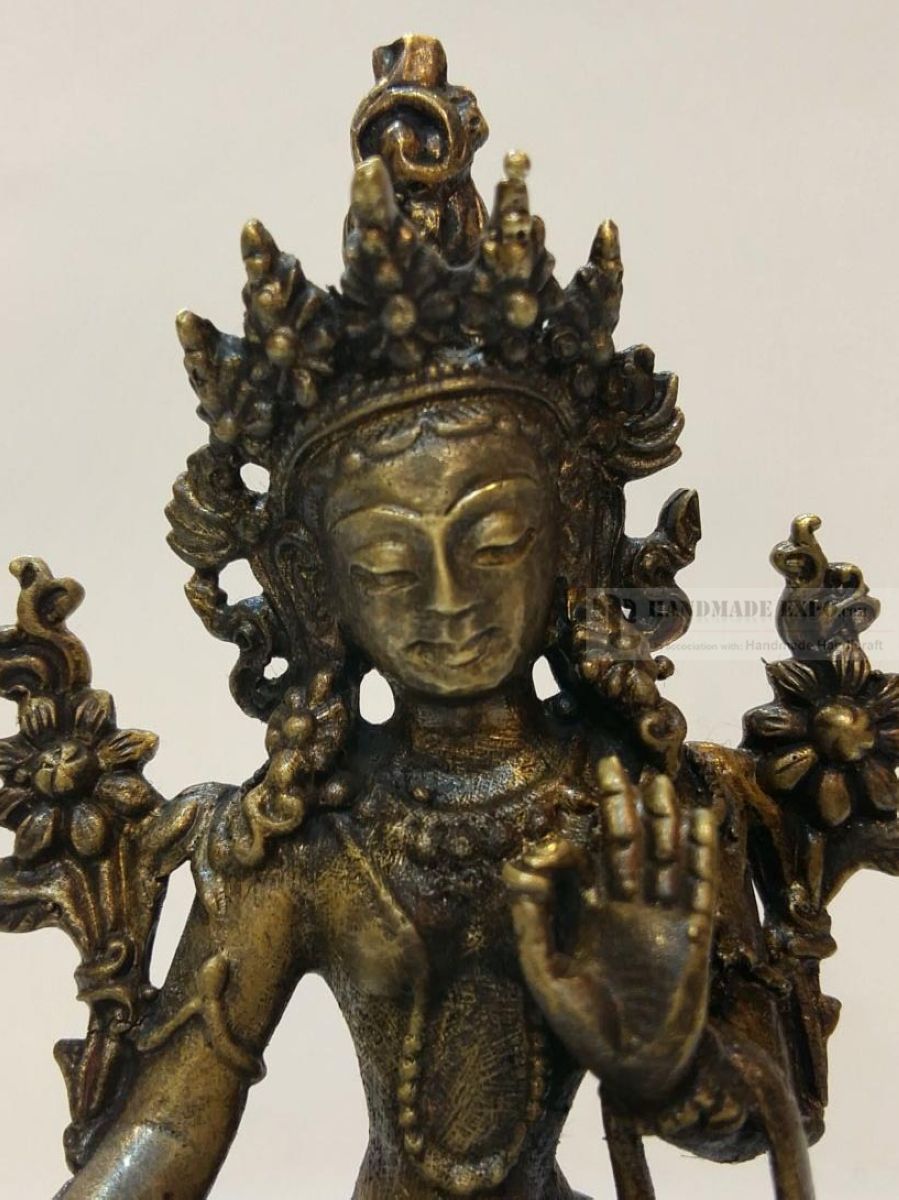
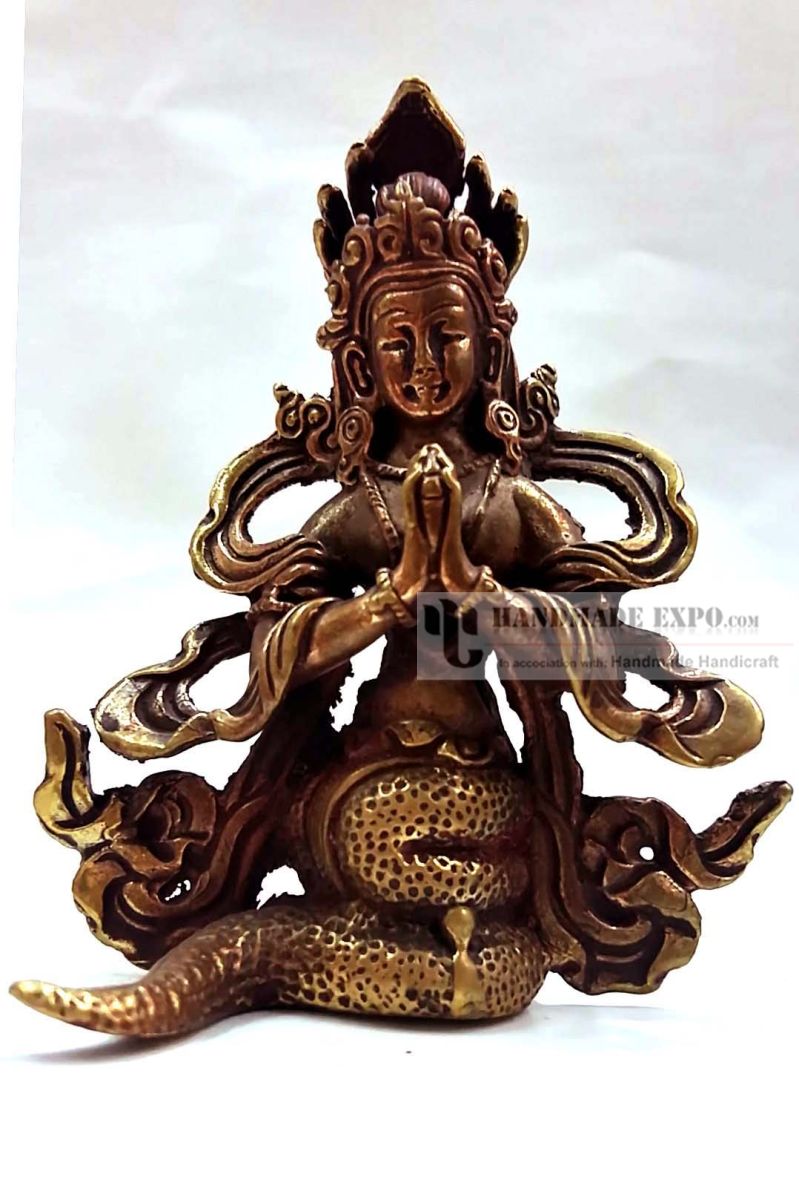


 of, Akash Yogini,
of, Akash Yogini, 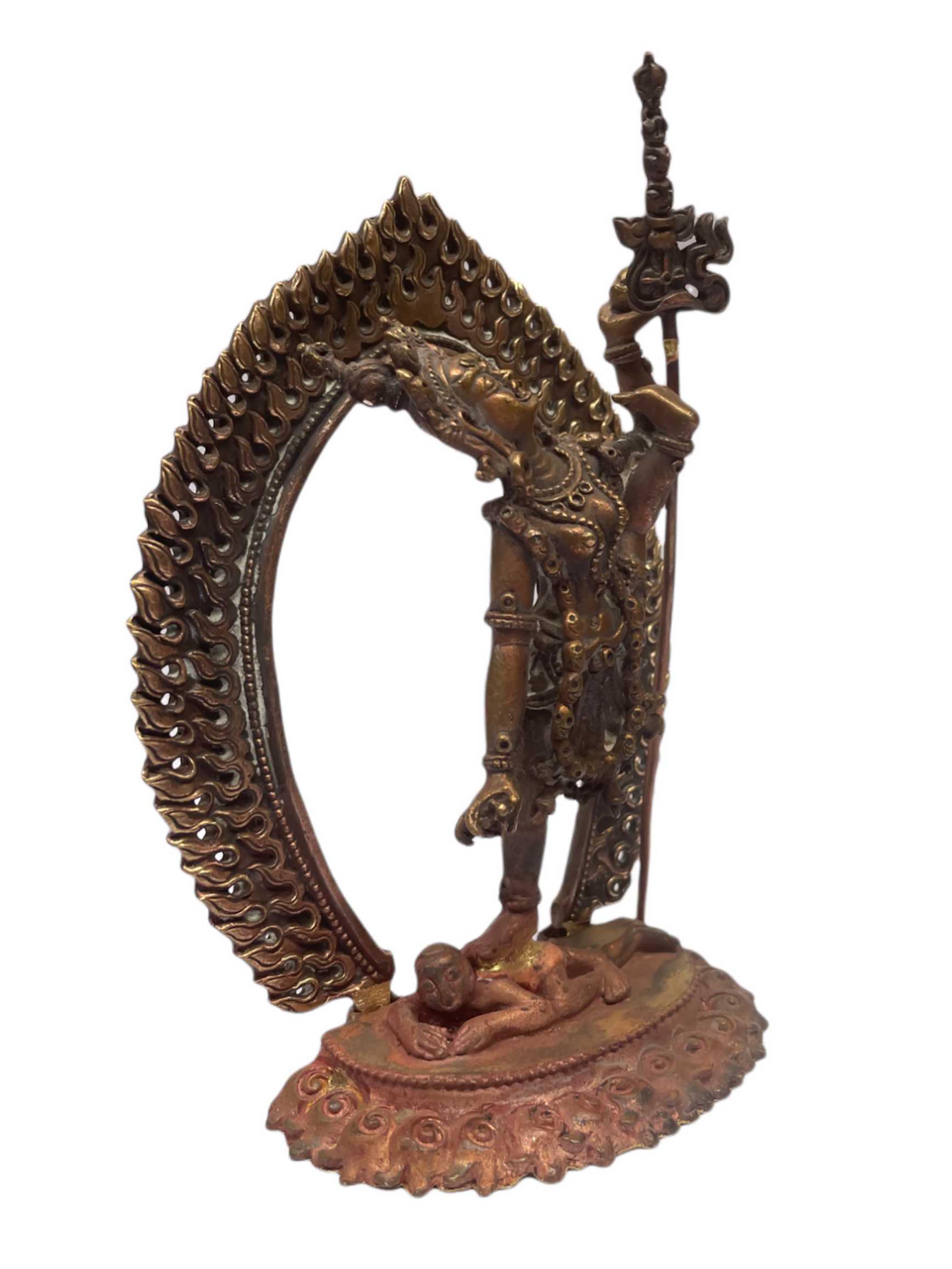 of, Akash Yogini,
of, Akash Yogini,  of Vajradhara,
of Vajradhara, 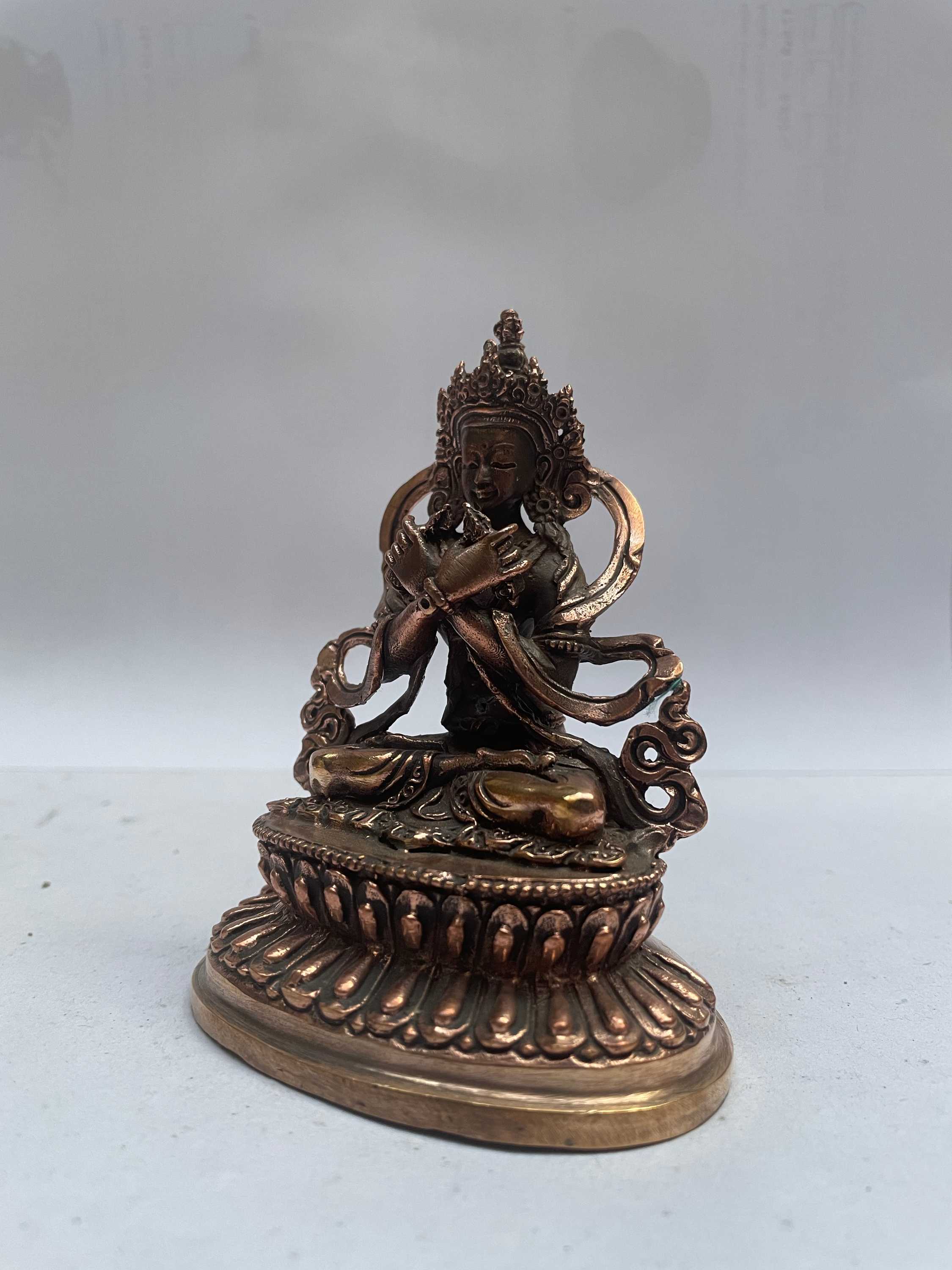 of Vajradhara,
of Vajradhara, 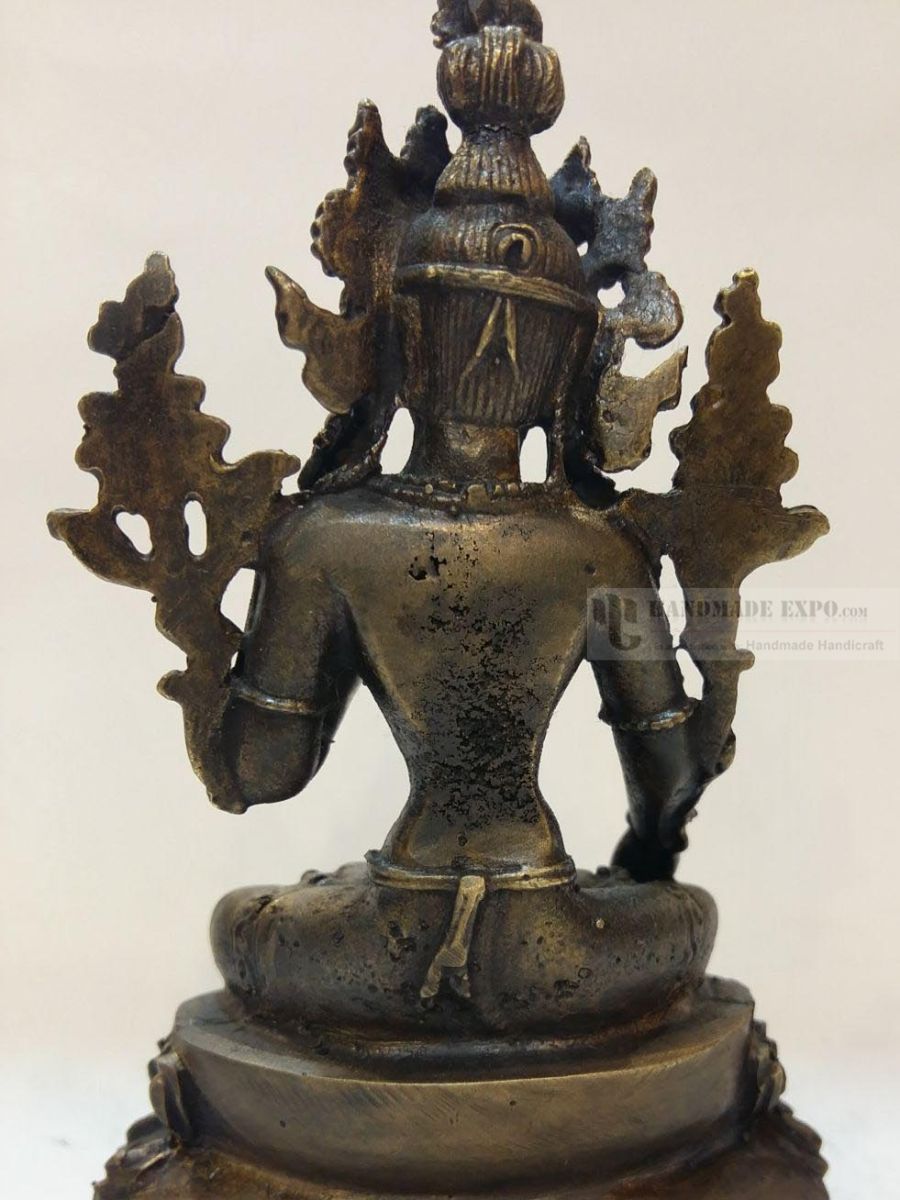
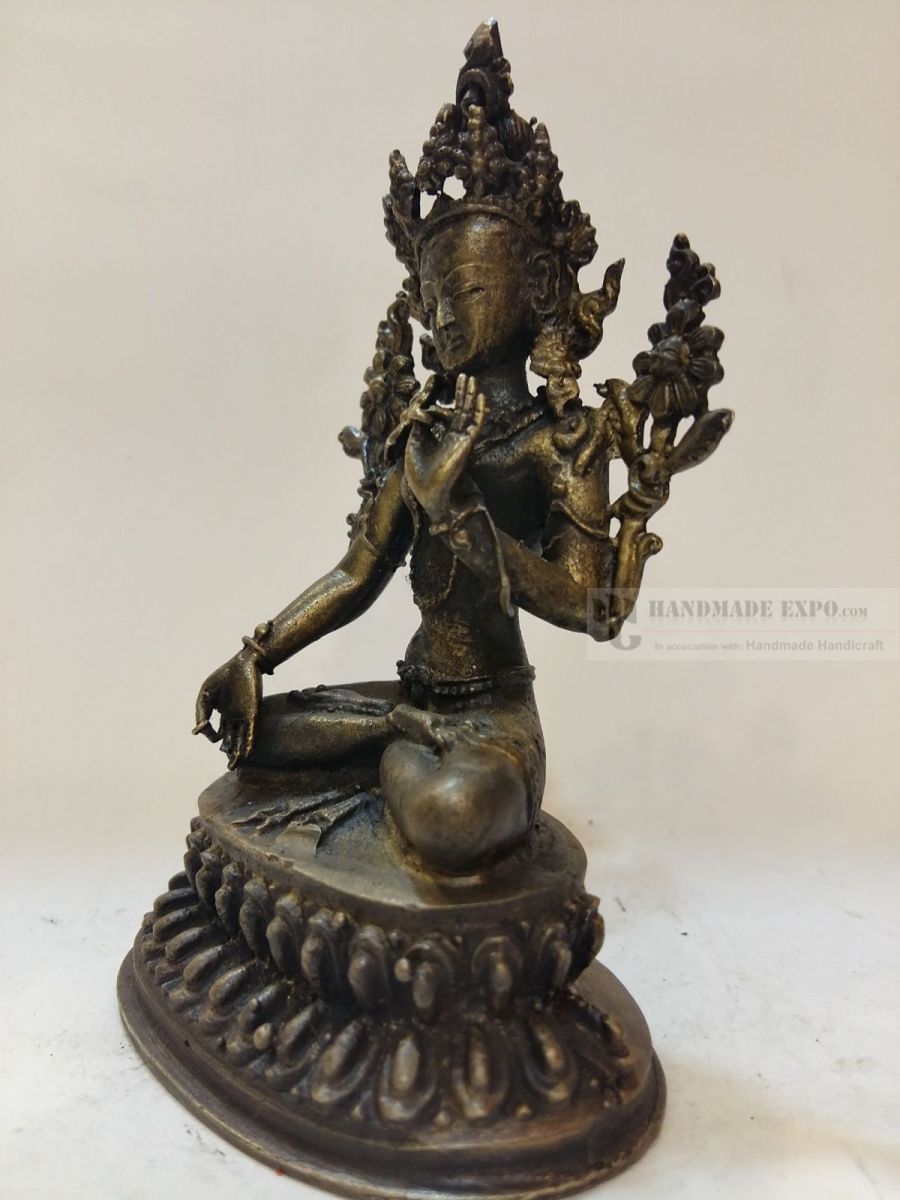
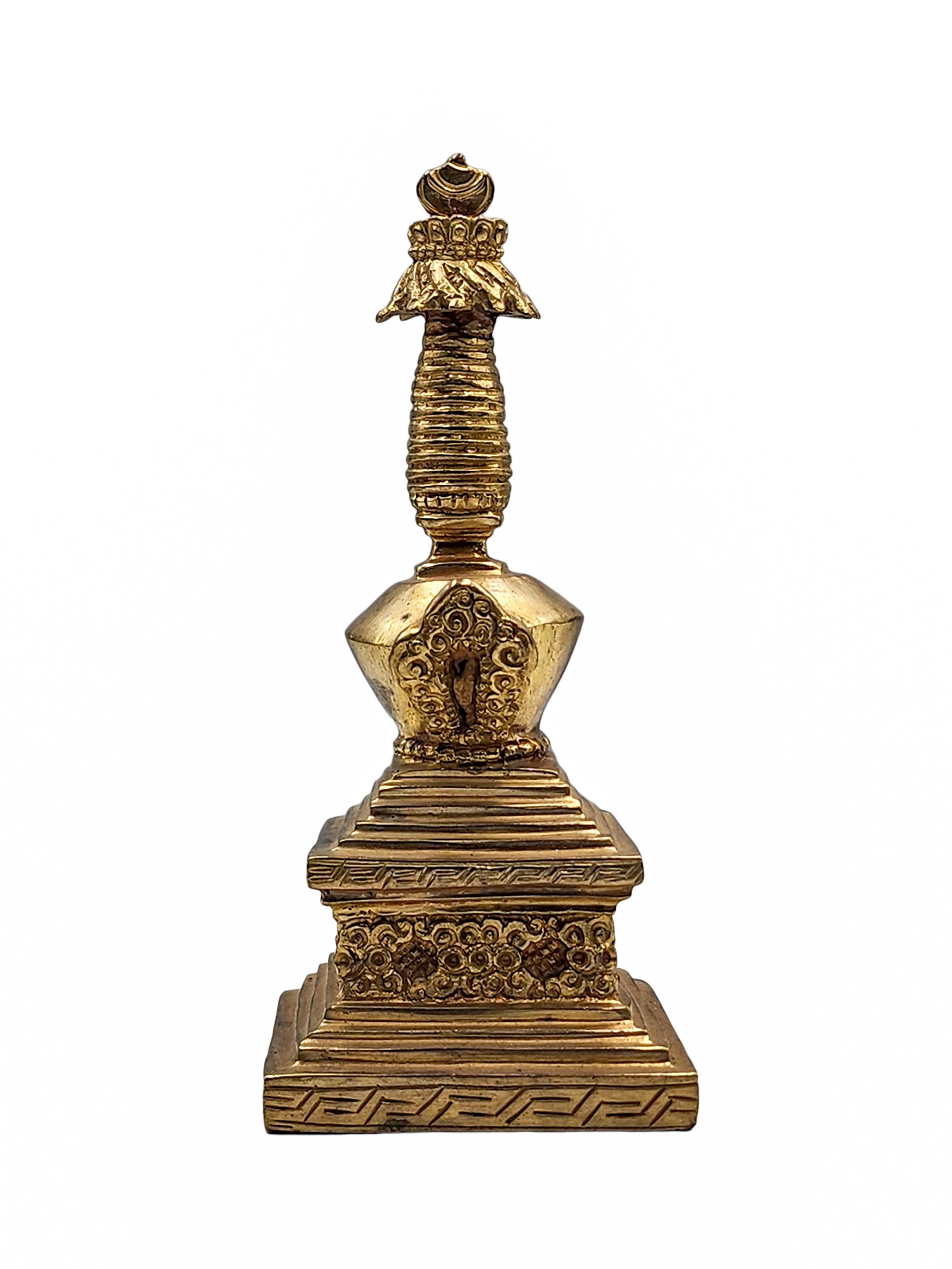 Stupa, Buddhist Statue,
Stupa, Buddhist Statue, 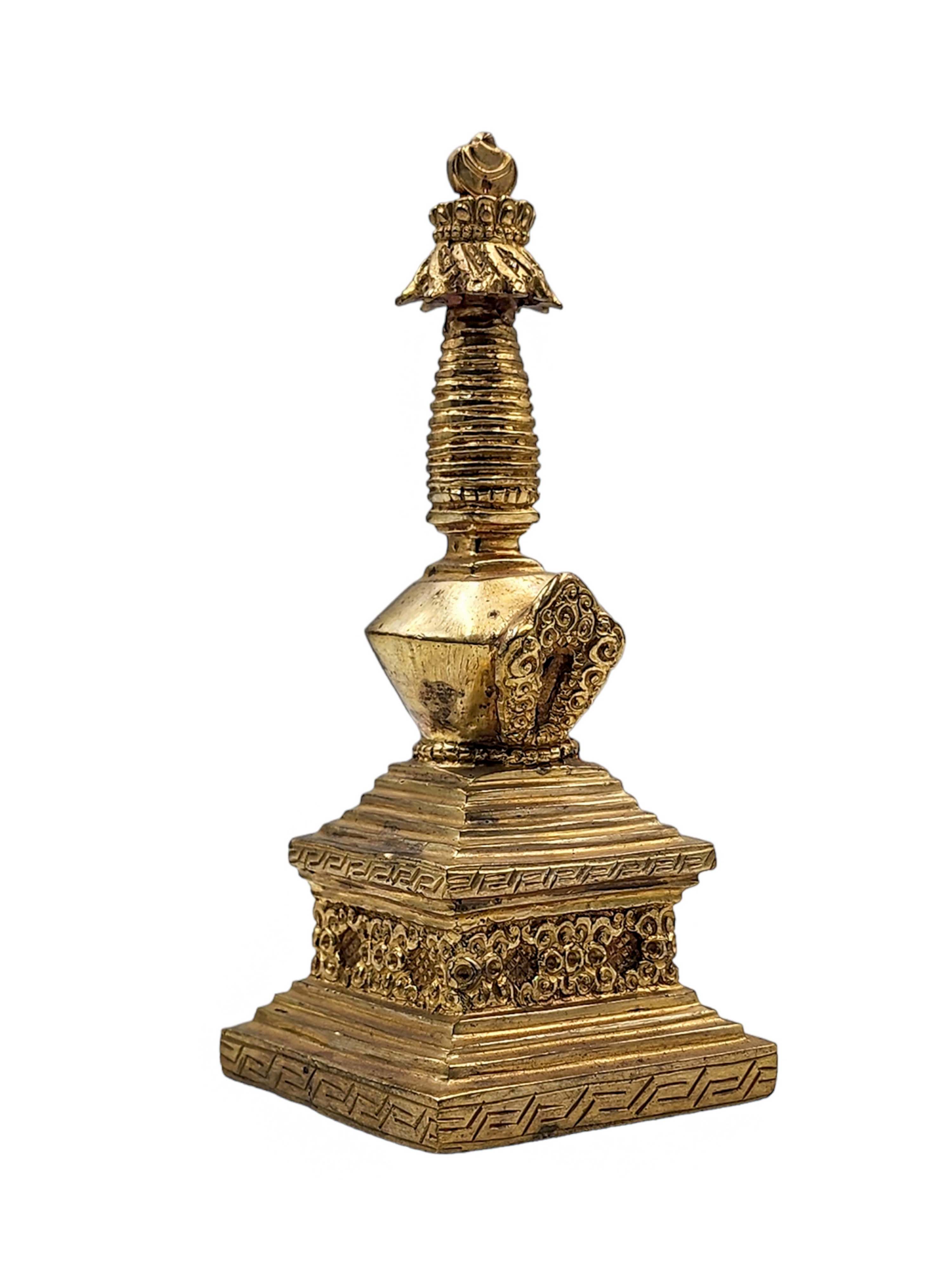 Stupa, Buddhist Statue,
Stupa, Buddhist Statue, 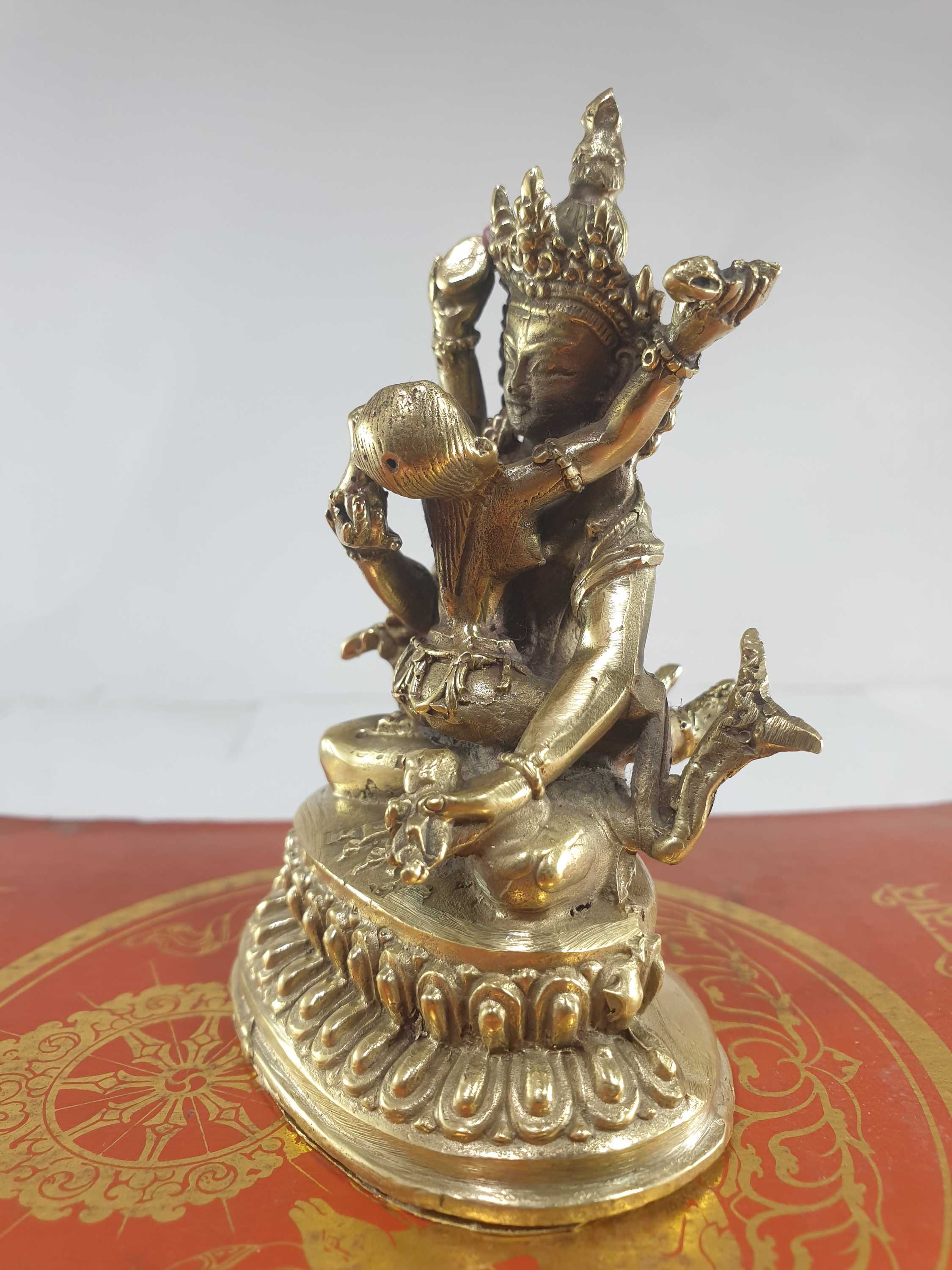 of Vajrasattva
of Vajrasattva 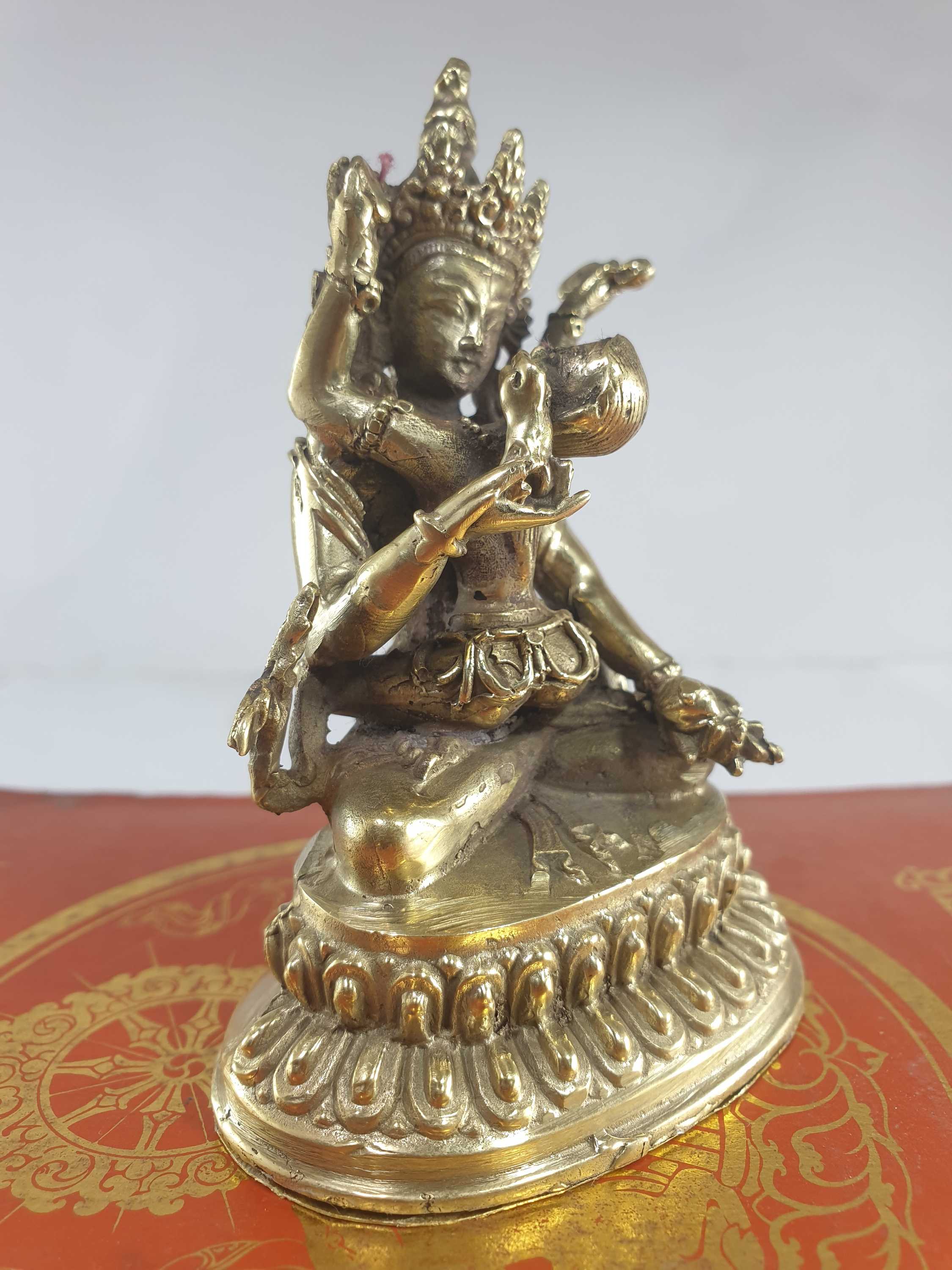 of Vajrasattva
of Vajrasattva 